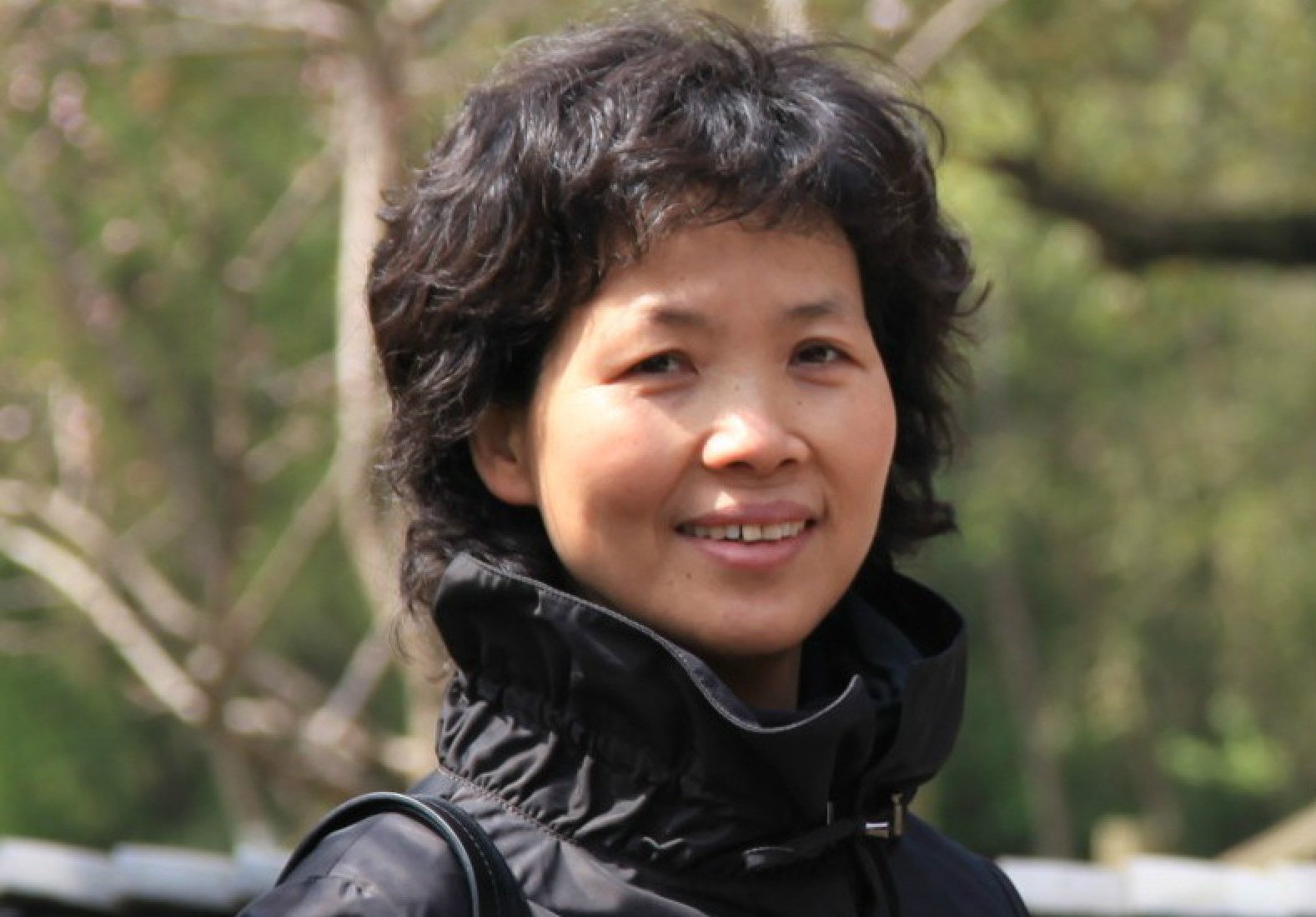
China’s ‘batwoman’ scientist warns another coronavirus outbreak is ‘highly likely’
- Shi Zhengli and colleagues at the Wuhan Institute of Virology warn in a paper that there are 20 ‘highly risky’ coronavirus species
- One scientist compared the research to a ‘dictionary of coronaviruses’ that could prove to be a valuable guide in future

Coronaviruses caused both the 2003 severe acute respiratory syndrome (Sars) outbreak that killed thousands of people worldwide, mainly in mainland China and Hong Kong, as well as Covid-19.
In this study Shi’s team from the Wuhan Institute of Virology, evaluated the human spillover risk of 40 coronavirus species and rated half of them as “highly risky”.
Of these, six are already known to have caused diseases that infected humans, while there is evidence that a further three caused disease or infected other animal species.
“It is almost certain that there will be future disease emergence and it is highly likely a [coronavirus] disease again,” the study warned.
The study was based on an analysis of viral traits, including population, genetic diversity, host species and any previous history of zoonosis – diseases that jump from animals to humans.
This paper was published in the English-language journal Emerging Microbes & Infections in July, but it only gained attention on Chinese social media this month.
Did the US fund risky research at the Wuhan Institute of Virology?
This may be partly because the study was not written in Chinese, but a scientist from the country’s Centres for Disease Control and Prevention, said it also reflected a desire to move on from the subject after the abrupt reversal of China’s zero-Covid policies.
“Sometimes in private conversations, when talking with other public health scholars, we have noticed that intentionally or unintentionally, Chinese authorities are downplaying Covid-19, and some cities have stopped releasing infection data,” he said.
The scientist spoke on condition of anonymity because he is not authorised to speak to the media.
The Wuhan team has also identified quick and sensitive testing tools that could be used to actively monitor these high-risk viruses.
Shi and her colleagues also identified important hosts of the pathogen, which include natural hosts such as bats and rodents, or possible intermediate hosts including camels, civets, pigs or pangolin.
While most virology studies dive deep into a specific virus to inquire about its different properties and mechanisms, this research is closer to a “dictionary of coronaviruses”, the CDC scientist said.
“Such studies are not regarded as groundbreaking or technically challenging and thus less valued in the field, but they are important,” he said.
“Just like we need a mushroom textbook to avoid eating noxious mushrooms, it’s necessary to establish such tools for pathogens.”
The scientist said that when armed with such knowledge, it would help speed up the process of testing and developing vaccines in future public health crises.
US and China team up on health? Maybe not, after Covid-19 origins probe
Many Chinese virologists were reluctant to comment on Shi’s latest research given the heightened sensitivities around her work.
The Wuhan Institute of Virology has been dogged by suspicions, promoted by some US politicians, that Covid-19 originated with an accidental leak from the lab.
Covid-19 data points to animal origin of virus: WHO advisers
“I think the whole society is trying to move away from pandemic trauma and look forward, which is understandable,” said the CDC scientist.
“But there is a lack of conversations about what we should learn from this outbreak and how we could be better prepared in the future.”


